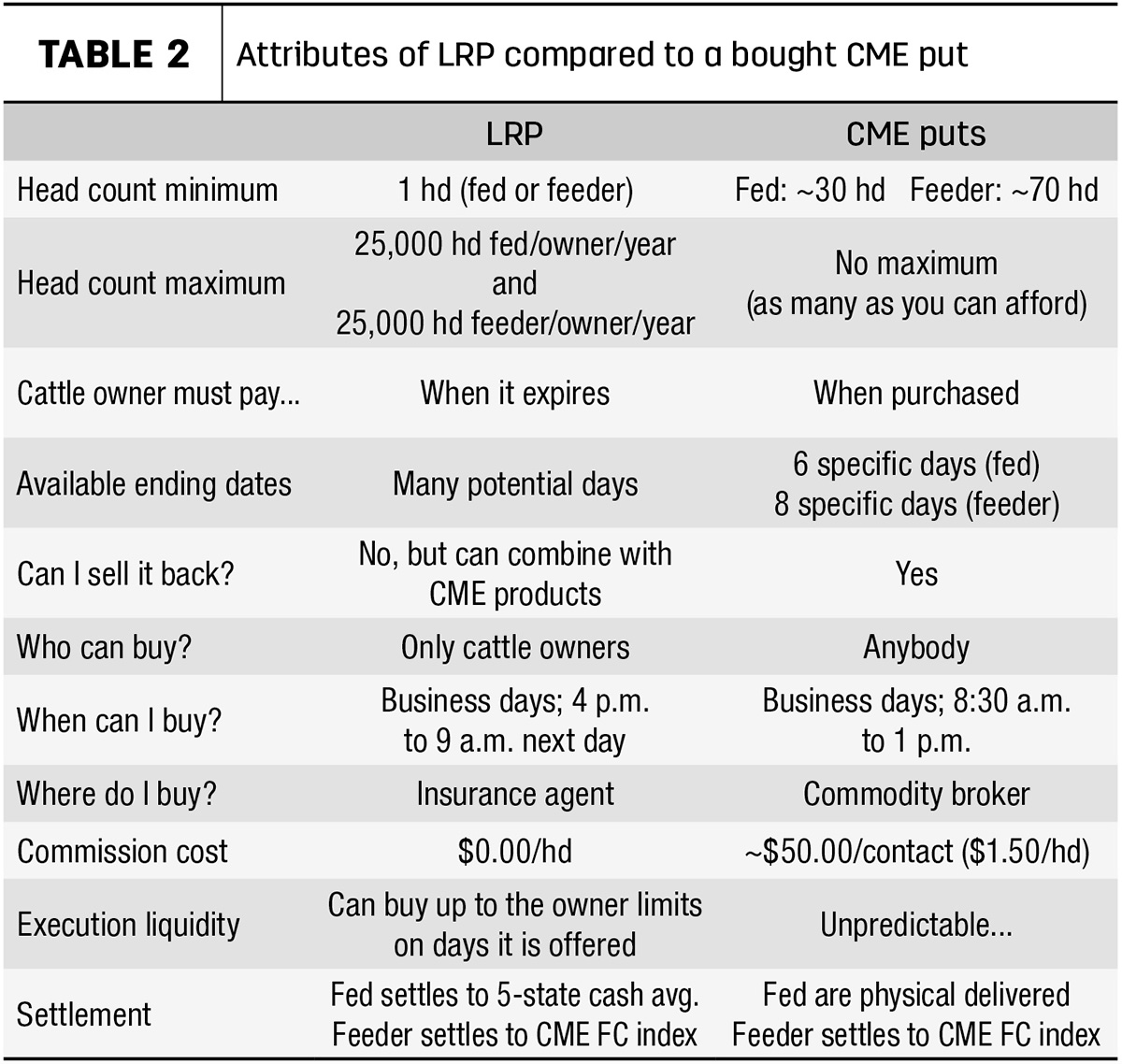Unlocking Development Possible: Bagley Risk Management Approaches
Unlocking Development Possible: Bagley Risk Management Approaches
Blog Article
Comprehending Livestock Risk Protection (LRP) Insurance: A Comprehensive Overview
Browsing the realm of animals danger security (LRP) insurance policy can be an intricate endeavor for several in the agricultural market. This kind of insurance coverage offers a safety and security internet versus market variations and unanticipated conditions that might impact livestock manufacturers. By understanding the ins and outs of LRP insurance, producers can make enlightened decisions that may secure their procedures from financial dangers. From just how LRP insurance policy functions to the different insurance coverage options offered, there is much to reveal in this comprehensive guide that could possibly form the method animals manufacturers come close to threat management in their companies.

Exactly How LRP Insurance Functions
Periodically, recognizing the mechanics of Animals Threat Protection (LRP) insurance can be complex, but breaking down how it works can offer clearness for breeders and farmers. LRP insurance coverage is a threat monitoring tool created to shield livestock manufacturers versus unforeseen cost declines. It's crucial to keep in mind that LRP insurance coverage is not an earnings warranty; rather, it focuses solely on price threat defense.
Eligibility and Protection Options

When it comes to insurance coverage alternatives, LRP insurance supplies producers the versatility to select the coverage degree, protection period, and endorsements that ideal match their danger administration needs. By understanding the qualification standards and protection choices available, animals manufacturers can make educated decisions to take care of threat efficiently.
Benefits And Drawbacks of LRP Insurance Policy
When reviewing Animals Danger Defense (LRP) insurance policy, it is crucial for livestock producers to consider the negative aspects and benefits fundamental in this risk monitoring device.

One of the main advantages of LRP insurance is its capability to supply defense versus a decrease in animals costs. Furthermore, LRP insurance coverage uses a degree of versatility, enabling manufacturers to personalize protection levels and policy durations to suit their specific demands.
However, there are also some drawbacks to consider. One restriction of LRP insurance coverage is that it does not shield versus all kinds of threats, such as condition episodes or all-natural calamities. Costs can occasionally be pricey, specifically for producers with huge animals herds. It is critical for manufacturers to carefully analyze their specific danger exposure and economic circumstance to establish if LRP insurance is the right danger management device for their operation.
Comprehending LRP Insurance Premiums

Tips for Taking Full Advantage Of LRP Benefits
Maximizing the advantages of Livestock Threat Security (LRP) insurance calls for strategic planning and proactive danger administration - Bagley Risk Management. To take advantage of your LRP coverage, consider the complying with pointers:
On A Regular Basis Analyze Market Conditions: Remain informed about market patterns and cost changes in the animals sector. By checking these aspects, you can make enlightened choices concerning when to acquire LRP insurance coverage to shield against potential losses.
Establish Realistic Coverage Degrees: When picking insurance coverage degrees, consider your manufacturing prices, market worth of animals, and potential risks - Bagley Risk Management. Setting realistic coverage levels guarantees that you are appropriately shielded without paying too much for unneeded insurance policy
Expand Your Protection: Rather than relying solely on LRP insurance policy, take into consideration expanding your danger management strategies. Combining LRP with various other threat monitoring devices such as futures agreements or choices can supply extensive protection against market uncertainties.
Evaluation and Change Protection Frequently: As market problems alter, occasionally assess your LRP protection to ensure it straightens with your existing risk exposure. Changing coverage levels and timing of purchases can help optimize your threat security strategy. By complying with these suggestions, you can make best use of the advantages of LRP insurance coverage and safeguard your animals operation versus unexpected threats.
Final Thought
In find out final thought, livestock threat protection (LRP) insurance policy is a useful tool for farmers to handle the monetary dangers connected with their animals operations. By recognizing just how LRP works, qualification and coverage alternatives, in addition to the pros and cons of this insurance coverage, farmers can make enlightened decisions to secure their incomes. By carefully taking into consideration LRP premiums and carrying out strategies to maximize benefits, farmers can minimize potential losses and make sure the sustainability of their procedures.
Livestock manufacturers interested in getting Livestock Threat Security (LRP) insurance coverage can discover an array of qualification criteria and protection options customized to their certain animals operations.When it comes to protection choices, LRP insurance policy supplies manufacturers the adaptability to check this pick the coverage level, coverage period, and endorsements that best match their threat monitoring demands.To realize the details of Animals Threat Security (LRP) insurance coverage completely, comprehending the aspects affecting LRP insurance policy costs is crucial. LRP insurance costs are established by different components, consisting of the protection degree picked, the anticipated price of livestock at the end of the protection period, the kind of animals being insured, and the size of the insurance coverage period.Testimonial and Adjust Coverage Regularly: As market problems change, periodically examine look at this website your LRP coverage to guarantee it aligns with your current threat exposure.
Report this page